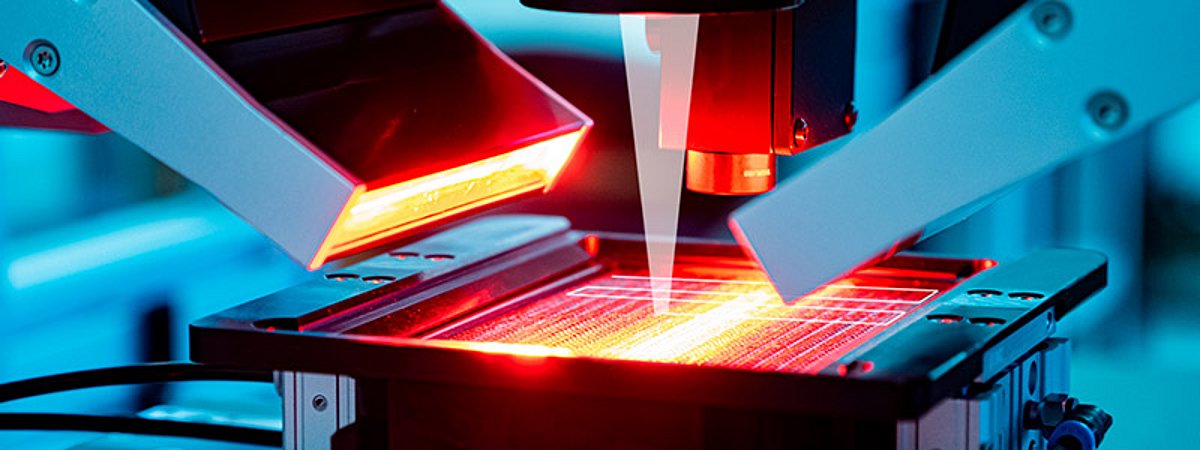100 percent surface component inspection with microscopic resolution

The new Micro.Spector from Mabri.Vision scans the surface of components over their entire surface with a resolution of less than 1 µm and detects defects in microstructures - for example, shape deviations, imperfections or particles. It works so fast that it can be integrated into production lines and inspect the full surface of every single component in the production cycle.
While the classic visual inspection of a single miniaturized component with a microscope takes hours, depending on the complexity of the component, the new Micro.Spector inline microscope from measuring system provider Mabri.Vision inspects and evaluates components within a few seconds. It can thus be integrated into production and perform an automatic 100-percent inspection. Typical areas of application for the high-speed microscope are components with dimensions up to about 300 x 300 mm that have microstructures. Some examples: In injection molding with mold elements in the range of 10 to 50 µm, it detects mold defects such as excess material, burrs or closures. In the production of microfluidic elements, for example, these are crucial for their reliable function. In the production of displays or precision metal components, the system detects even the smallest shape deviations. In the clean room, it detects scratches or particles on wafers or processors during the manufacture of semiconductor elements.
The process is fully integrated into the production lines and runs automatically: after the components have been moved into the measuring cell on product carriers in time with production, the camera scans the surface. In the process, the product carrier is moved at a speed of up to 40 mm/s under the stationary illumination and camera unit. At a resolution of 0.75 μm, for example, and around 18,000 pixels per line, this results in strips around 13 mm wide, which the system scans one after the other and combines to form a complete image. After a few seconds, the inspection is complete, the product carrier leaves the measuring cell and the "iO" or "niO" rating is Advertisement displayed. Due to the fast, parallelized processing of the data, the Micro.Spector achieves cycle times of less than 30 seconds, depending on the size of the component. Dr. Ulrich Marx, one of the two managing directors of Mabri.Vision: "In many industries, the trend is towards ever higher miniaturization. However, classical image processing has so far been mostly focused on large objects. We not only bring the inspection of surfaces into the microscopic world, but also supply systems that work in step with production. This involves both software and maximum precision in the mechanical positioning of the workpiece and camera, as well as interfaces for integration into our customers' process control systems. We have implemented all of this in the Micro.Spector."
